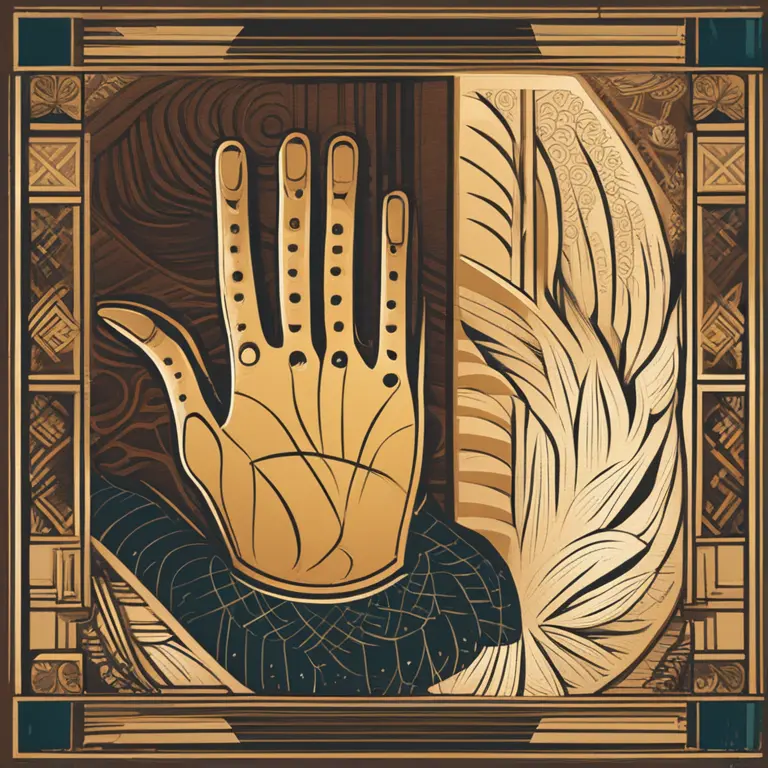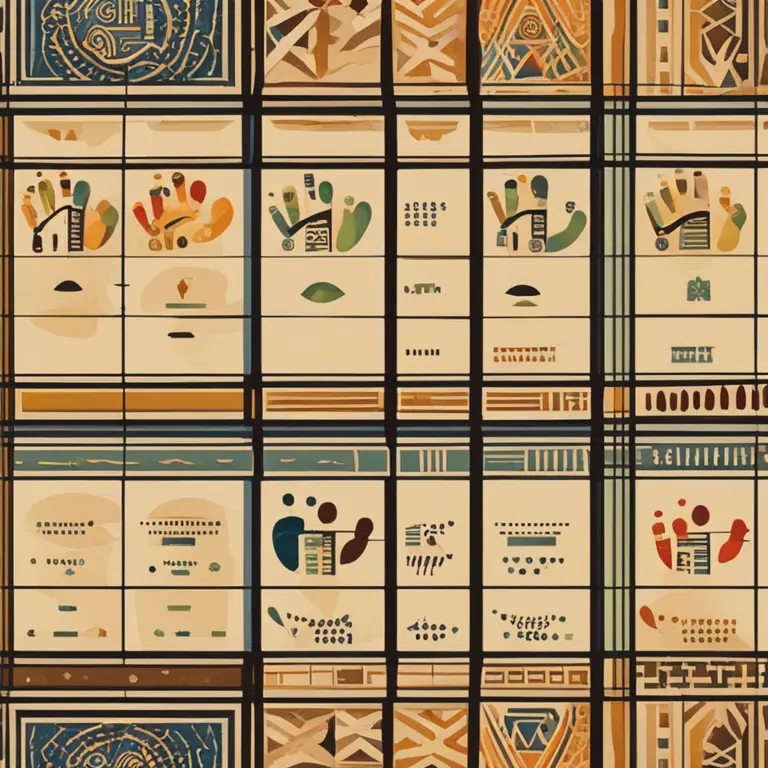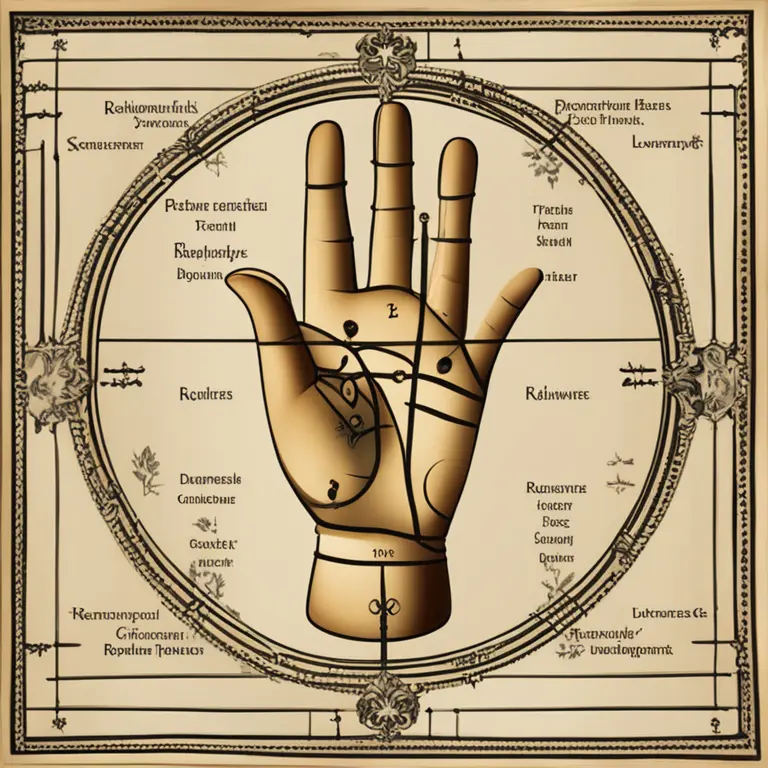
Palmistry: Tracing Its Historical Roots
An insightful journey into the ancient practice of palmistry, discovering how and where it originated and how it became a global phenomenon.
article by Nora Pennington
The Dawn of Palm Reading
Palmistry, also known as chiromancy or palm reading, is an ancient practice that interprets character traits and future projections through the study of the palm. This art has intrigued humans worldwide, and its origins trace back thousands of years across different civilizations. It is believed that palmistry began in India, supported by evidence in the Vedic texts, which are among the oldest sacred scriptures of Hinduism. Traces of palm reading can also be found in early Hindu astrology, intertwining celestial influence with the lines of the hand.

Palmistry’s Journey Through Cultures
From its rooted beginnings in the East, palmistry spread to China, Tibet, Egypt, and ancient Persia, enriching its practice with the diverse interpretations and philosophies of each culture. It made its way along the 'Silk Road,' the historical network of trade routes that connected the East to the West. This path introduced palmistry to the Arab scholars who also contributed to its expansion, helping to integrate it into the Western world. Not just confined to Asia and the Middle-East, palmistry's appeal stretched far into the European nations, where it was practiced during the Middle Ages.

Renaissance and The Age of Enlightenment
Palmistry faced a resurgence during the Renaissance, a time renowned for its art, literature, and renewed interest in the sciences of antiquity. However, this recognition came with challenges, especially during the Age of Enlightenment, which emphasized rationalism. The scientific community often criticized palmistry as superstition. Yet, its practice persisted discreetly. Interest in the esoteric arts, including palmistry, was maintained through secret societies and by individuals who found the symbolic language of the palm intriguing.

Modern Palmistry
The modern era of palmistry began in the 19th century when figures like Captain Casimir Stanislas D'Arpentigny and William John Warner, also known as Cheiro, published works that molded public perception of this craft. Cheiro’s impact was significant; his celebrity clients and accurate readings gave palmistry a veneer of respectability and even glamour. Palmistry thus transitioned more into mainstream culture, becoming a subject of fascination that extended beyond the boundaries of the esoteric world.
The Digital Age and Palmistry
As we moved into the digital age, palmistry adapted, finding a new home on the internet and in software applications. With the advent of technology, people have grown more curious about combining traditional practices with the convenience of digital access. Online palm readings and apps offering algorithm-based interpretations reflect the enduring interest in the insights palmistry promises. Meanwhile, discussions and sharing of information on forums, websites, and social media continue to enhance its global community.
Palmistry Today and Beyond
In current times, palmistry is recognized as a mix of tradition and self-discovery, helping individuals to connect with their inner psyche and potentially unlocking pathways towards personal growth. As of 2024, the popularity of palmistry stands strong amongst other divination methods. Its narrative weaves through cultural and historical shifts, continuously evolving while maintaining the essence of its ancient origins.
Published: 1/11/2024
Modified: 1/12/2024
More predictions
Come back here soon to learn more about yourself and your future


The Possibility of Palmistry in Cancer Detection
Examining the claims that palmistry holds any potential in identifying the risk of cancer: a deep dive into the world of mysticism and medicine.


Can Palmistry Foresee One’s Demise?
Delve into the contentious debate about whether palmistry can predict the end of life and the ethical considerations of such a claim.


Palmistry: The Historical Overview
Delve into the dawn of palmistry and trace its journey through the corridors of time, uncovering the roots of this ancient practice.